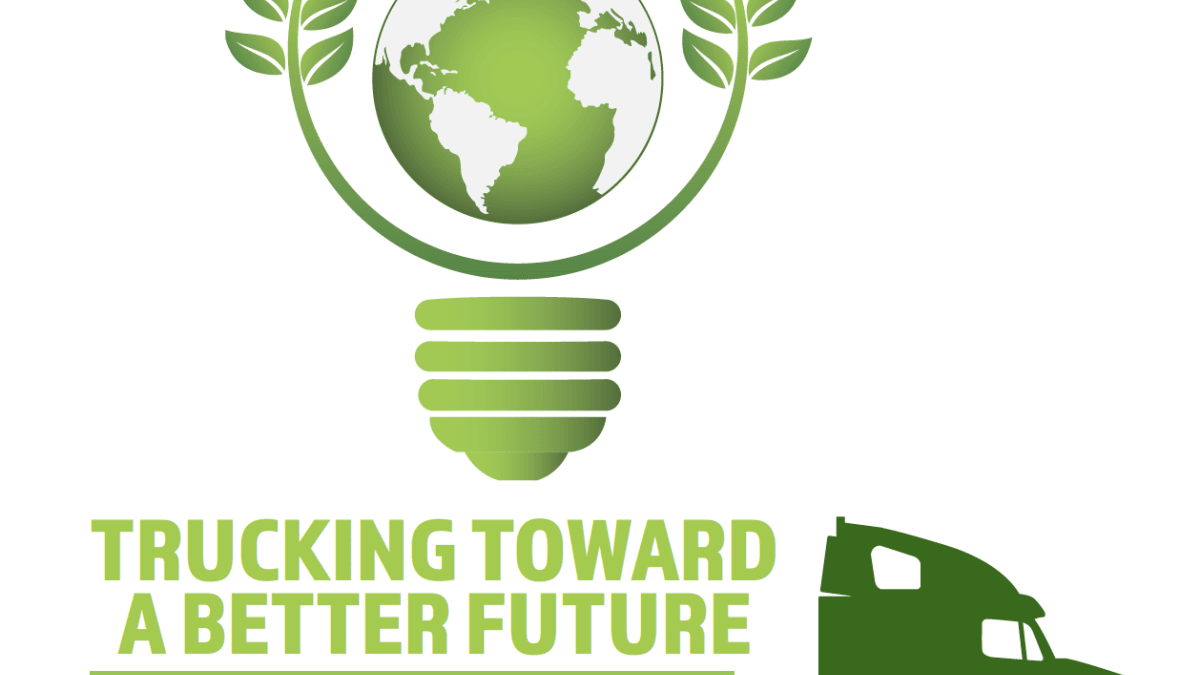Igloos, midnight lectures, and thinking outside the box

Lindsay Wood offers some inspirational thinking for the 2023 Trucking Toward a Better Future competition.
Edward de Bono is to creative thinking what Michael Jordan is to basketball (though MJ made heaps more money). De Bono invented ‘lateral thinking’, and developed concepts like The Six Thinking Hats for decision-making, and Po: as a way of kick-starting creative ideas.
It’s Po: we’ll look at today. Short for ‘provocation’, or prodding our thinking in new, sometimes crazy, directions, Po: is more about kick-starting imaginative thinking than landing straight on solutions.
Let’s start with a famous brainteaser, ‘the nine dots problem;. The challenge is to connect all dots with just four straight lines without lifting your pencil off the drawing surface. Give it a go, draw the pattern, try it!

Stuck? Try these provocations:
Po: Can the paper be folded or cut?
Po: Think outside the box
Clue: this puzzle is the origin of ‘thinking outside the box’! Let your pencil run past the perimeter of the dots. (Answer at the end.)
Part of the reason this works is we often constrain our thinking by assuming limits that don’t really apply. Po: helps get past that.
Okay, four lines sorted. How about with ONE straight line?
Po: How big can the drawing surface be?
Po: How wide can the lines be?
Po: What is a ‘straight’ line?
(Two solutions at the end!)
So much for drawing. What about real life problems?
Two of us used to run creative problem-solving courses for construction students. Early in the course we’d spin a story about the institution not having enough classrooms for all the students, and needing a solution without building more rooms. (I know, a weird project for construction students!)
After giving suitable head-scratching time, we’d say
Po: run classes between midnight and 6.00 in the morning.
What?! You can imagine the groans, the zillion reasons why it wouldn’t work. “But your job,” we’d say, “is to find ways to make it work, not to stop it working!”
Then it was amazing how many ideas flowed: reduce fees; free meals; sleeping pods; safe transport; and so on. Suddenly there was a real left-outfield solution to a gnarly problem!
I also spent many years practising as an eco-architect, and figuring clients’ needs is a key part of any design process. Imagine them saying they wanted something environmentally friendly, with natural materials, a super-low carbon footprint, and all for a small budget.
Tongue in cheek, I’d sketch the first concept:

“You won’t get more environmental or lower carbon or more natural than this!” I’d enthuse.
Obviously, I wasn’t suggesting a real design – it was a provocation. “Po: Igloo” if you like, a fun way to start talking about what was important – and also what wouldn’t work.
“But it’ll melt!” led to considering durability.
“Hey, that shape’s pretty cool,” opened discussions of curved surfaces. “But how will curved walls suit our furniture?” And so on.
So how can we use Po: when thinking about the trucking industry and the Trucking Toward a Better Future competition?
Po: keep trucks out of the sun while waiting to unload
Po: refreshments to help truckers keep alert and fit
Po: rethink the process for selecting new vehicles
Po: optimal sensors for detecting mechanical faults early.
Po: real-time congestion warning systems (I know, we have them! Point being we didn’t that long ago, and someone had the idea…)
Po: …
Po: keep trucks out of the sun while waiting to unload: Have trees in the parking area; fit a self-deploying insulating cover for when trucks parked up; use paint that reflects heat better (done! Check out Resene’s “cool colours” orhttps://www.parc.com/technologies/self-cooling-paint/ ).
Po: Think outside the square

Po: How big can the drawing surface be? Draw one line right round the world, or put the paper on a cylinder like a fuel drum and draw right around it.

Po: How wide can the lines be? Draw one line with a super-wide pencil.

Po: tap into the amazing IP of the trucking community to help decarbonise heavy transport!
by Lindsay Wood, director, Resilienz




